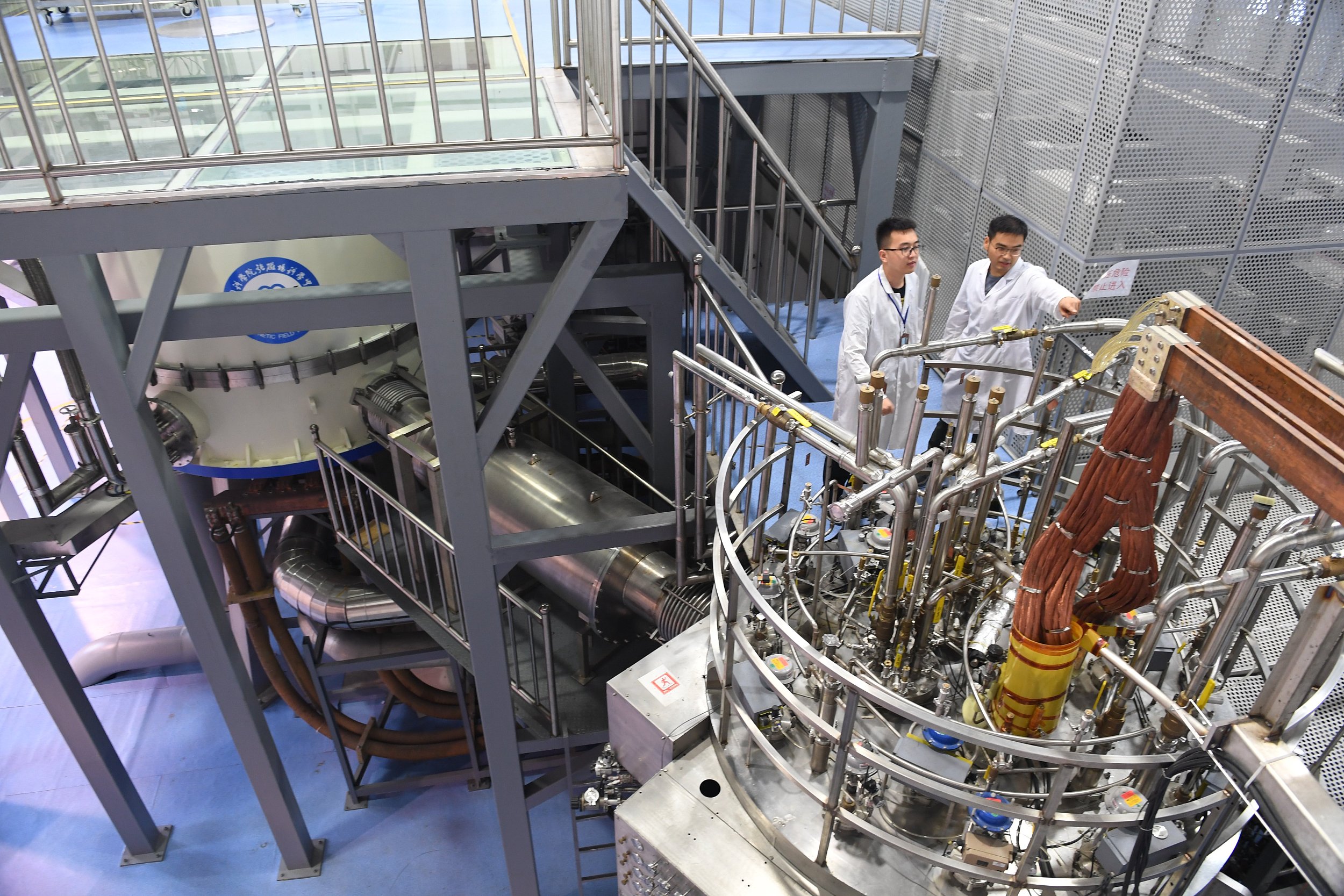Green Power Trading Kicks off in Guangxi

The photovoltaic power generation project in Baiyu town, Guangxi's Nanning city. (PHOTO: VCG)
By CHEN Chunyou & LIU Hao
To build a power system, with new energy as a mainstay, and achieve the goals of carbon peaking and carbon neutrality, the National Development and Reform Commission launched the green power trading pilot program last September. Since then, many regions in China have actively made their share of contributions to achieving green targets.
In early May, Guangxi Zhuang Autonomous Region in southwest China concluded its first green power transaction. About 66 million kWh of electricity was sold, which is equivalent to reducing carbon dioxide emissions by 58,000 tons. This signals that Guangxi has ushered in a new green power consumption era.
The southern regions of China have a solid foundation for developing green power trading. In recent years, the installed capacity of new photovoltaic and wind power projects in Guangxi has continued to increase, coupled with a decrease in operating costs. According to China Southern Power Grid (CSG), the wind and photovoltaic power utilization rate reached 99.8 percent in 2021.
In March, the Green Power Trading Rules for Southern Regions was jointly compiled by the power trading institutes in south China. The Implementation Plan for the Market-oriented Trading of Green Power in 2022 was released in early April. The two documents clarified specific measures for the trading, providing a solid systematic guarantee for this initiative.
Furthermore, the declaration of the demand for green power was open to the public by the Guangxi Power Exchange Center, better preparing for the opening of green power trading.
A total of 10 power generation enterprises from wind and photovoltaic power industries participated in these transactions.
The Baise Leye Poverty Alleviation Wind Farm, one of the dealers, sold 19 million kWh of electricity. The general manager of the farm said that participating in green power trading has broadened the channel for wind power consumption, promoted sustainable development of renewable energy in Guangxi and helped implement the rural revitalization strategy.
The success of the transaction reflects the electrical and environmental values of the green power in the market, stimulates the potential of supply and demand sides, and promotes the clean and low-carbon energy transformation of the region, said an official from the Industry and Information Technology Department of Guangxi.
From January to April this year, Guangxi directly traded 63.22 billion kWh of electricity, among which 58.96 billion kWh of electricity was directly traded by users, up 4.05 percent year on year.
According to Guangxi Power Grid Corporation of CSG, a transaction reaching 66 million kWh of electricity is equivalent to reducing 23,000 tons of standard coal combustion and 58,000 tons of carbon dioxide emissions.
The products with green attributes are also more competitive in the global market. For export enterprises, to obtain green power transaction vouchers is to get a green certificate for their products, according to Guangxi Power Grid Corporation.
Shi Lin, general manager of China Resources Electricity Sales Company (Guangxi), said that in the long term, purchasing green electricity will become an important measure for the clean and low-carbon transformation of enterprises, which will further empower their product sales.


